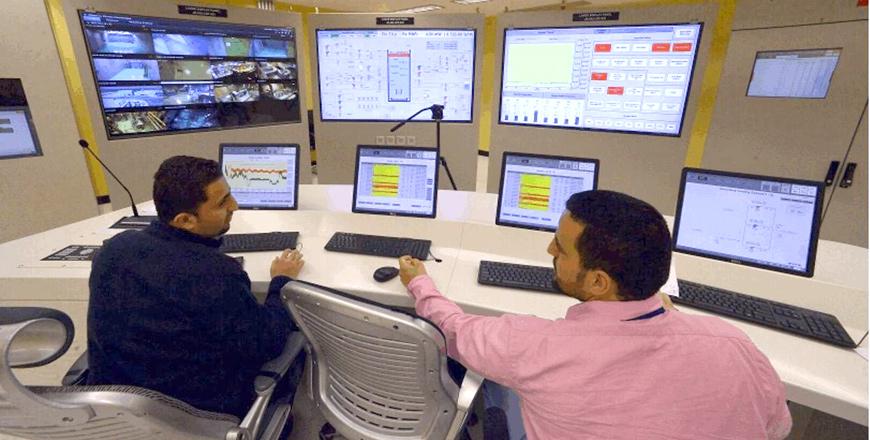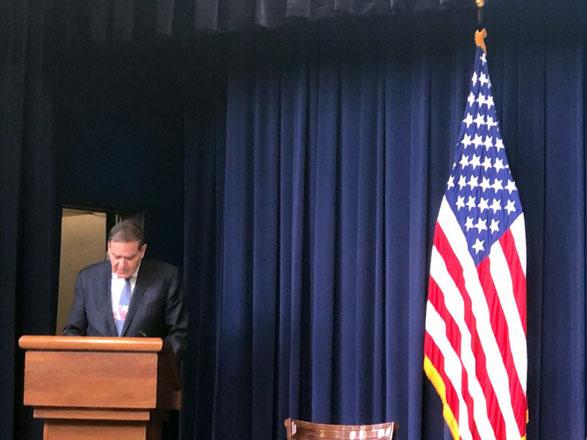You are here
IAEA reviews Kingdom’s key achievements in scientific research
By JT - Dec 30,2020 - Last updated at Dec 30,2020

Reactor operators in the main control room of Jordan Research and Training Reactor (Photo courtesy of JAEC)
AMMAN — The Technical Cooperation Department of the International Atomic Energy Agency (IAEA) has recently reviewed success stories and achievements of the Technical Cooperation Programme of IAEA in member states, including Jordan.
In a report published in December, IAEA reviewed the Kingdom’s key achievements, where in 2016 Jordan inaugurated its first multipurpose research and training reactor at the Jordan University for Science and Technology (JUST), according to a statement sent by the Jordan Atomic Energy Commission (JAEC).
One year later, the Kingdom witnessed the inauguration of the Synchrotron-Light for Experimental Science and Applications in the Middle East (SESAME), a centre for regional cooperation and advanced scientific research.
Also, 2019 marked the first production of the radioisotope (I-131), used for cancer treatment, at the Jordan Research and Training Reactor (JRTR) at JUST, according to the report.
Khaled Toukan, chairman of JAEC and Director of SESAME, said that these two nuclear facilities are landmarks that have put Jordan on the global map for advanced scientific research and technological innovation.
Currently, JRTR staff are devising plans for expanding on its utilisation through producing other medical radioisotopes namely, (Tc-99) and (Ho-166) and undertaking Neutron Transmutation Doping in the reactor core for industrial applications. As for SESAME, it is already having three beamlines operational, XRF, IR and MS and is already hosting users on all of them.
The idea of SESAME was first raised by Pakistani physicist and Nobel Laureate Abdus Salam in the 1980s: A synchrotron light source research facility that would enable scientific and technical collaboration among countries in the Middle East region.
Two decades later that idea has become a reality in the “light” of SESAME, the Synchrotron light for Experimental Science and Applications in the Middle East.
The Middle East as a whole was lacking a research facility that was ideal for building regional scientific know-how and for promoting scientific and technical collaboration with international counterparts. Synchrotron light sources are such ideal facilities.
But for SESAME, the journey from idea to reality was a long one that was often plagued with setbacks and challenges, mostly financial and political.
SESAME’s journey lasted more than 20 years before it became a reality. In May 2017, an official inauguration took place and SESAME opened its doors to the world.
In July 2018, the first SESAME users from the Middle East started coming into SESAME and the first experiments were conducted. This has brought together scientists who come from countries which — despite their political differences — would sit on the same table to discuss only one thing, science.
Related Articles
A delegation from the European Commission on Tuesday visited Synchrotron-light for Experimental Science and Application in the Middle East (SESAME) and had a first-hand look at the project.
AMMAN — Jordan continues to play a leading role in many of the International Framework for Nuclear Energy Cooperation (IFNEC) activities and
AMMAN — The Jordan Atomic Energy Commission (JAEC) has just completed the hot commissioning tests of the Jordan Research and Training Reacto

















